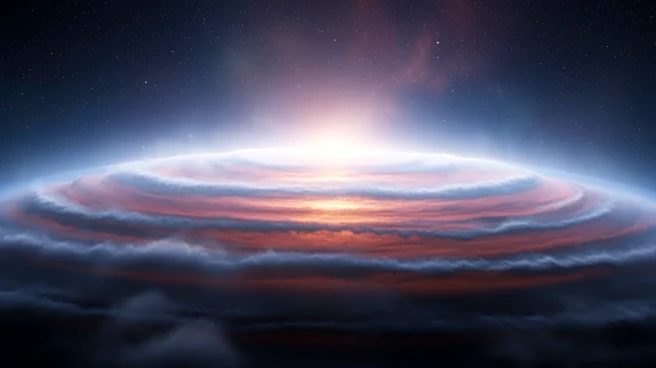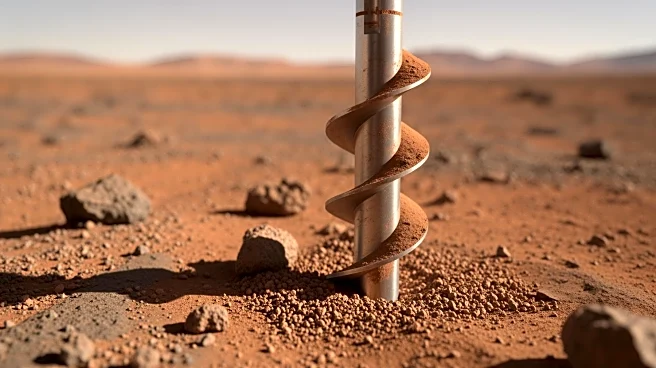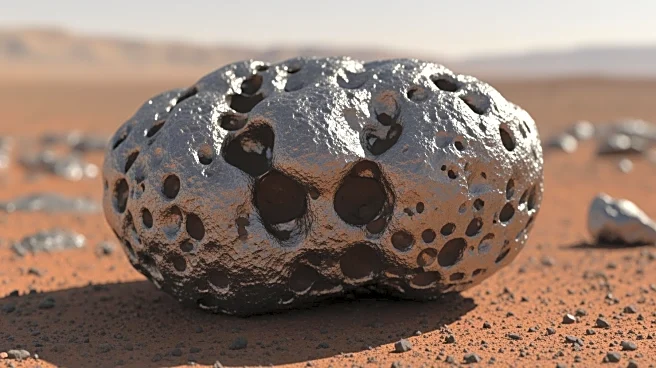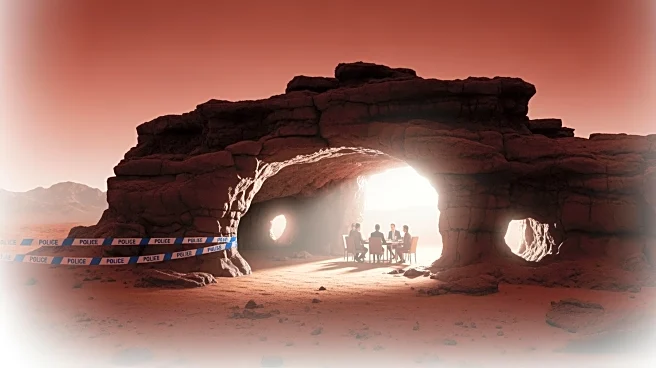What's Happening?
Researchers at Cornell University have developed reflectance spectra of colorful microorganisms found in Earth's clouds, which could help identify similar organisms in the clouds of exoplanets. These microorganisms produce
biopigments for protection against ultraviolet rays, and their presence could serve as a biosignature for life on other planets. The study suggests that dense cloud coverage, often seen as an obstacle for astronomers, could actually aid in the search for extraterrestrial life. Upcoming telescopes like NASA's Habitable Worlds Observatory may be used to detect these biosignatures.
Why It's Important?
The ability to identify biosignatures in exoplanet clouds could revolutionize the search for extraterrestrial life, expanding the criteria for habitable environments beyond traditional surface conditions. This research highlights the potential for life to exist in diverse and unexpected environments, challenging existing paradigms about where life can thrive. The findings could lead to new strategies for detecting life on distant planets, enhancing our understanding of the universe's biodiversity and the conditions that support life.
Beyond the Headlines
The study of cloud-based biosignatures raises ethical and philosophical questions about the definition of life and the criteria used to identify it. It also prompts discussions about the implications of discovering extraterrestrial life, including the impact on scientific, cultural, and religious perspectives. The research underscores the importance of interdisciplinary collaboration in astrobiology, combining insights from biology, astronomy, and planetary science to explore the possibilities of life beyond Earth.











